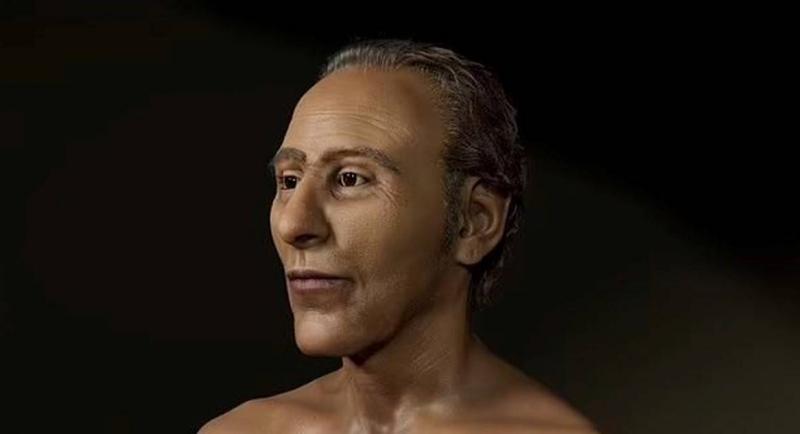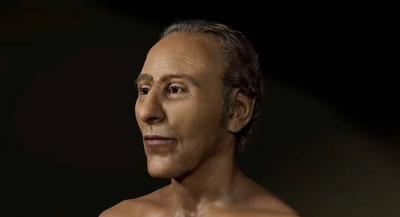In a significant event, archaeologists in Egypt have discovered a long-lost stone sarcophagus belonging to one of the most powerful pharaohs of ancient Egypt, over three thousand years after his death. This was uncovered after they re-examined a mysterious granite tomb found beneath the floor of a religious center in central eastern Egypt, which belongs to Ramses II, according to a report published by the British newspaper "Daily Mail."
The reign of Ramses II, known as Ramses the Great, from 1279 to 1213 BC, witnessed the construction of massive statues and buildings during what was considered the last peak of the Egyptian empire's influence. Originally, the remains of one of the high priests were found in the sarcophagus, but this new discovery suggests that the pharaoh's mummy and sarcophagus were removed for repurposing of the tomb.
According to the "Daily Mail" report, Professor and Egyptologist Frédéric Payraudeau from Sorbonne University in France made this discovery in May of this year while examining a piece of granite found in Abydos in 2009. He found that the five-foot-long and three-inch-thick stone bears an inscription stating "for Ramses II himself," according to a translated statement from the French National Center for Scientific Research.
He expressed doubt when reading these results, prompting him to re-evaluate the file due to the complexity of the matter. His colleagues believe that the inscription, preceded by the word "king," refers to the high priest Menkheperre, who ruled southern Egypt around 1000 BC, suggesting that the inscription is earlier than the known date of Ramses II.
Moreover, he noted that the "Book of Gates" inscriptions, a preface story devoted to kings during Ramses's era, were also present on the sarcophagus. Payraudeau explained: "The royal inscription bears the royal name of Ramses II's coronation, but it is concealed by the condition of the stone and an additional inscription added during re-use."
Archaeologists had long revealed that Ramses II was buried in a gold sarcophagus that was stolen in ancient times and later transferred to a marble sarcophagus that was subsequently destroyed. Thousands of pieces were placed inside the large granite sarcophagus that Menkheperre stole 200 years later for reuse.
It is worth noting that Ramses II was the most powerful and famous ruler of ancient Egypt, known by his successors as "the great-grandfather." He led numerous military campaigns and expanded the Egyptian empire from Syria in the east to Nubia in the south and was the third pharaoh of the 19th dynasty in Egypt.
Previously, scientists from Egypt and England reconstructed the face of Ramses II in 2022 using a 3D model of his skull to rebuild his features and reverse the aging process to reveal his face in the prime of his power. The result was a "scientific reconstruction" of the pharaoh's face based on CT scans of his skull. Sahar Saleem from Cairo University, who designed the 3D model of the skull, stated that the result revealed a "very handsome" ruler. The facial reconstruction helped provide a living face for the mummy, resulting in a remarkably handsome Egyptian face with distinct and prominent features.
Caroline Wilkinson, director of the Face Lab at the University of Liverpool, who reconstructed the pharaoh’s face, described the process as scientific, stating that they take the computed tomography (CT) model of the skull, which provides the 3D shape of the skull to be inputted into a computer system. The previously designed face is then anatomically adjusted using a database tailored to the skull. She stated: "We essentially recreate the face, starting from the top of the skull to the facial surface through muscular structure and layers of fat, finishing with the skin layer. We all have almost the same features and muscles, but each of us has different proportions in skull shape, which gives us slightly different shapes and proportions of muscles, directly affecting the shape of the face."
This is the second such project overseen by Sahar Saleem, following a scientific facial reconstruction of Tutankhamun by royal sculptor Christian Corbet. She believes this process helps restore the humanity of the mummies: "Giving a face to the king's mummy humanizes him, creating a connection between the mummy and the king, and restoring his history. King Ramses II was a great warrior who ruled Egypt for 66 years and established the first treaty in the world."




